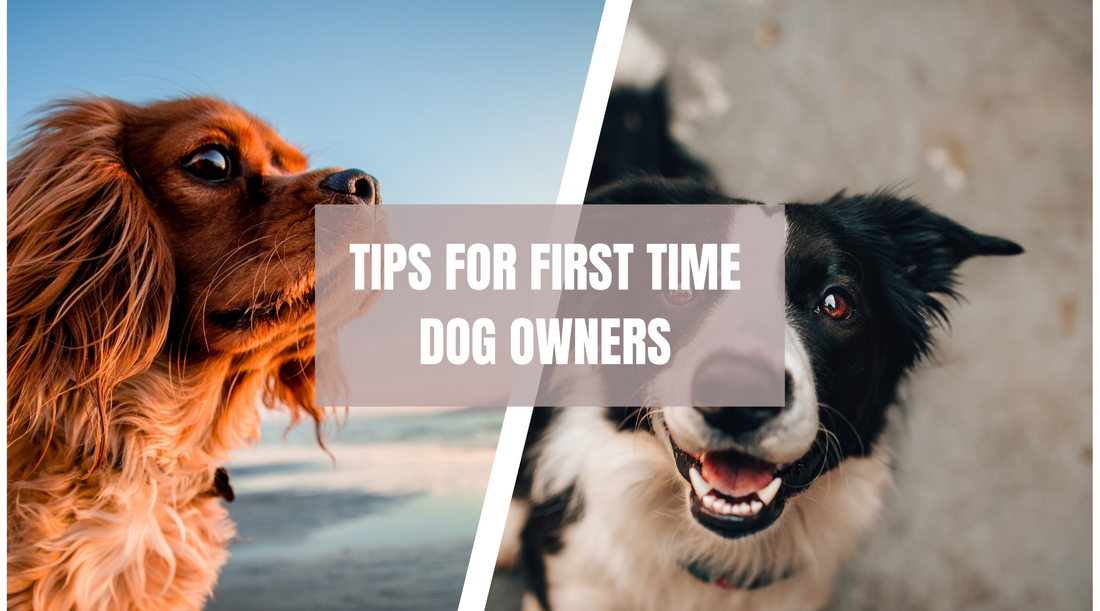You're the proud owner of a new dog, so congrats! It's a lovely pleasure to welcome a new puppy into your home.
Of course, you'll teach your puppy proper behaviour, but first and foremost, it's critical that he feels loved, safe, and comfortable in his new home and with the people who will become his new family.
Let's start with some tips for acclimating your new dog to your home:
- You should bring the puppy home when you are calm and alone. Also, choose a time when your typical routine is in effect. You will teach your puppy who his family is and how to trust you throughout his first week at home.
- Provide your dog with its crate and area. This will make him feel secure and progressively explore the rest of his new surroundings.
- Always keep an eye on your new dog and play with him multiple times a day. We'll assist you in establishing yourself as the pack's leader.
- After eating, drinking, sleeping, and playing, schedule toilet breaks every few hours (watch for cues like sniffing and circling). Never reprimand your new dog for accidents; instead, praise him when he relieves himself outside.
RELIEVE YOUR PUPPY'S ANXIETY AFTER SEPARATION
Most puppies adjust to their new lives quickly after joining your family, but being separated from their original home can be a stressful experience for some puppies. Here are some suggestions for how you might assist him:
- Empathise with others. Puppies with separation anxiety do not misbehave or harbour resentment. Never put them in a situation where they are punished or isolated.
- Provide a secure environment for your puppy. Canine crates or cages are perfect for providing a comfortable and safe environment for your puppy in your home.
- Check to see if your puppy has received enough exercise. They are more likely to sleep and not worry about where you are if they are weary.
- Their actions should be redirected. Give your dog a treat or a toy before you leave by hiding a treat or a toy (this should be done at other times to prevent the toy or treat from becoming an exit signal).
- Maintain a low-key approach to your appearances and departures. Before you leave the house, try to ignore your dog for 10-15 minutes; if your speech and body language simply "this isn't a huge concern," he might start to believe you.
- Teach him to accept your arrivals and departures. Give him a present and then step out for a few moments. He'll start to equate your arrivals and good conduct with getting something. Increase the length of time you've been gone until he’s fully comfortable with your absence.

